Summary
- 16-bit design still popular today with developers releasing games with modern technology while retaining nostalgic aesthetic.
- Collection of Mana repackages classic 16-bit gems for accessibility and nostalgia for fans.
- Dragon Quest 11 S offers an optional 2D mode for 16-bit gameplay, fundamentally changing key mechanics in the campaign.
The 16-bit generation was, in many ways, the definitive era for the JRPG genre, establishing the popular tropes and mechanics and achieving widespread global acclaim. The genre was a core staple of the SNES/Super Famicom, which was the pre-eminent console of the time, introducing a pioneering generation of gamers to the format, which offered some of the most immersive gameplay on the market.

Related
JRPGs are very popular among the gaming community. Here are some of the best titles in the genre that also feature an 8-bit style.
This led to the 16-bit era holding a strong resonance of quality and nostalgia for fans of the genre. Due to the enduring legacy of the aesthetic, developers are still releasing 16-bit JRPGs to this day, which somewhat complicates the rankings. Fans are sure to be divided on whether modern games that use the aesthetic but not the technical restraints really constitute true 16-bit, but in this instance they do, so now’s the cue to storm out in protest. With that in mind, these are the best 16-bit JRPGs.
8
Collection Of Mana
The Original Trilogy Remastered

Remasters are another bit of tricky footing because many classic titles have been remastered or re-released over the years due to their continued popularity. Purists will argue they lose some appeal, but Collection of Mana wonderfully repackages two 16-bit gems, Secret of Mana and Trials of Mana.
Trials of Mana was not originally localized for Western audiences, so Collection of Mana is the most accessible way for non-native speakers to enjoy that adventure. The collection also includes the first entry in the series, Final Fantasy Adventure, making it comfortably the best way to experience the start of the Mana series.
7
Octopath Traveler
An Affectionate Homage
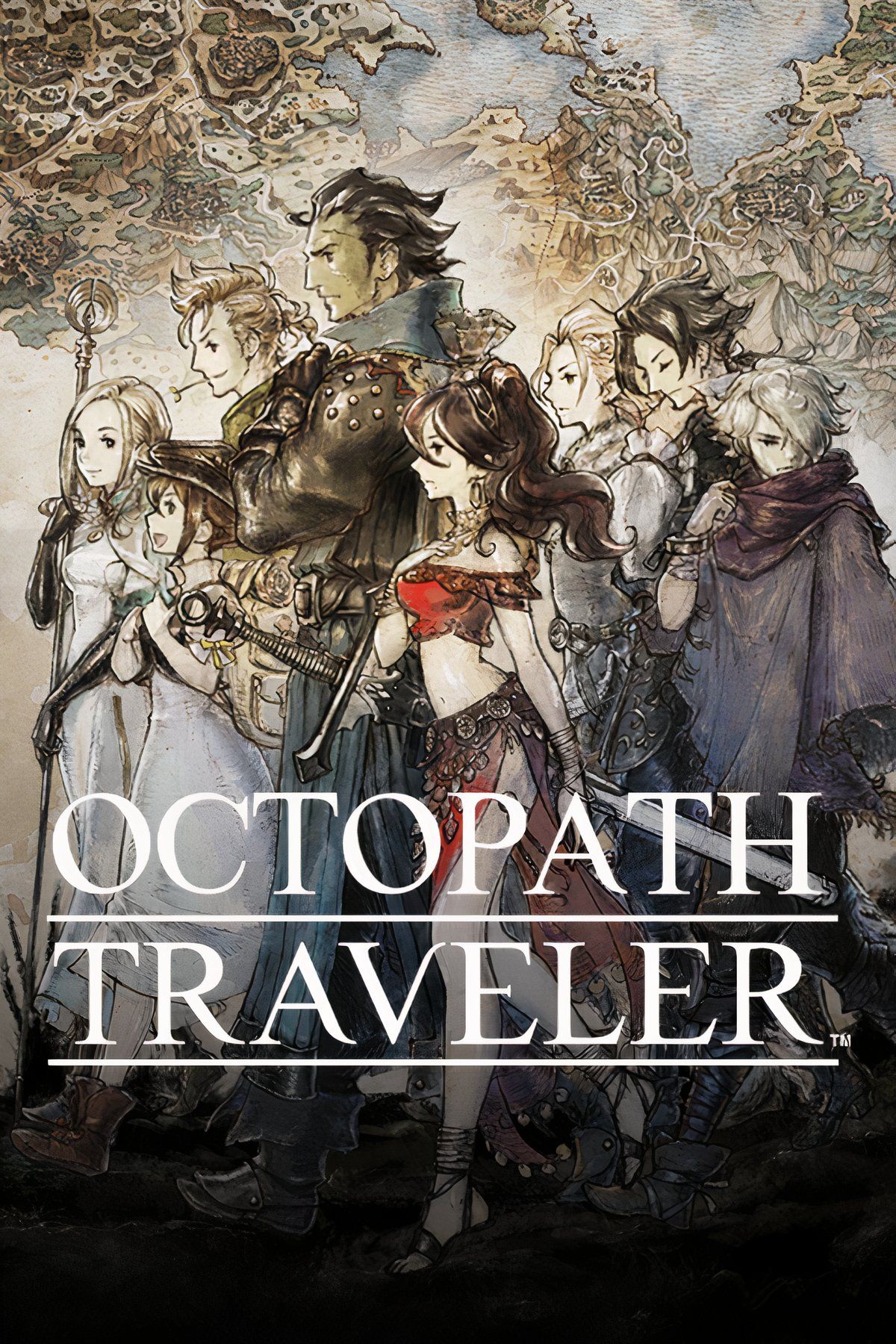
- Released
-
July 13, 2018
- ESRB
-
T for Teen: Blood, Fantasy Violence, Mild Language, Suggestive Themes, Use of Alcohol
Octopath Traveler is the definitive example of a 16-bit JRPG made for the current console generation. The developers lovingly pay tribute to the genre while enhancing the experience with modern technology, such as the lighting and water effects used alongside the pixel art aesthetic to create a stunning hybrid of the two worlds.

Related
Bravely Default And Octopath Traveler Team Promises New Games In 2025
Team Asano, the developer behind Bravely Default and Octopath Traveler, promises to reveal more about its ongoing game projects in 2025.
The most significant overhaul is the combat, which elaborates on class types and elemental advantages without fully reinventing the wheel. It’s familiar and atypical of the genre but adds layers of depth for complex party builds and some challenging bosses that require players to think outside the box.
6
Dragon Quest 11 S: Echoes Of An Elusive Age – Definitive Edition (2D Mode)
Optional Throwback
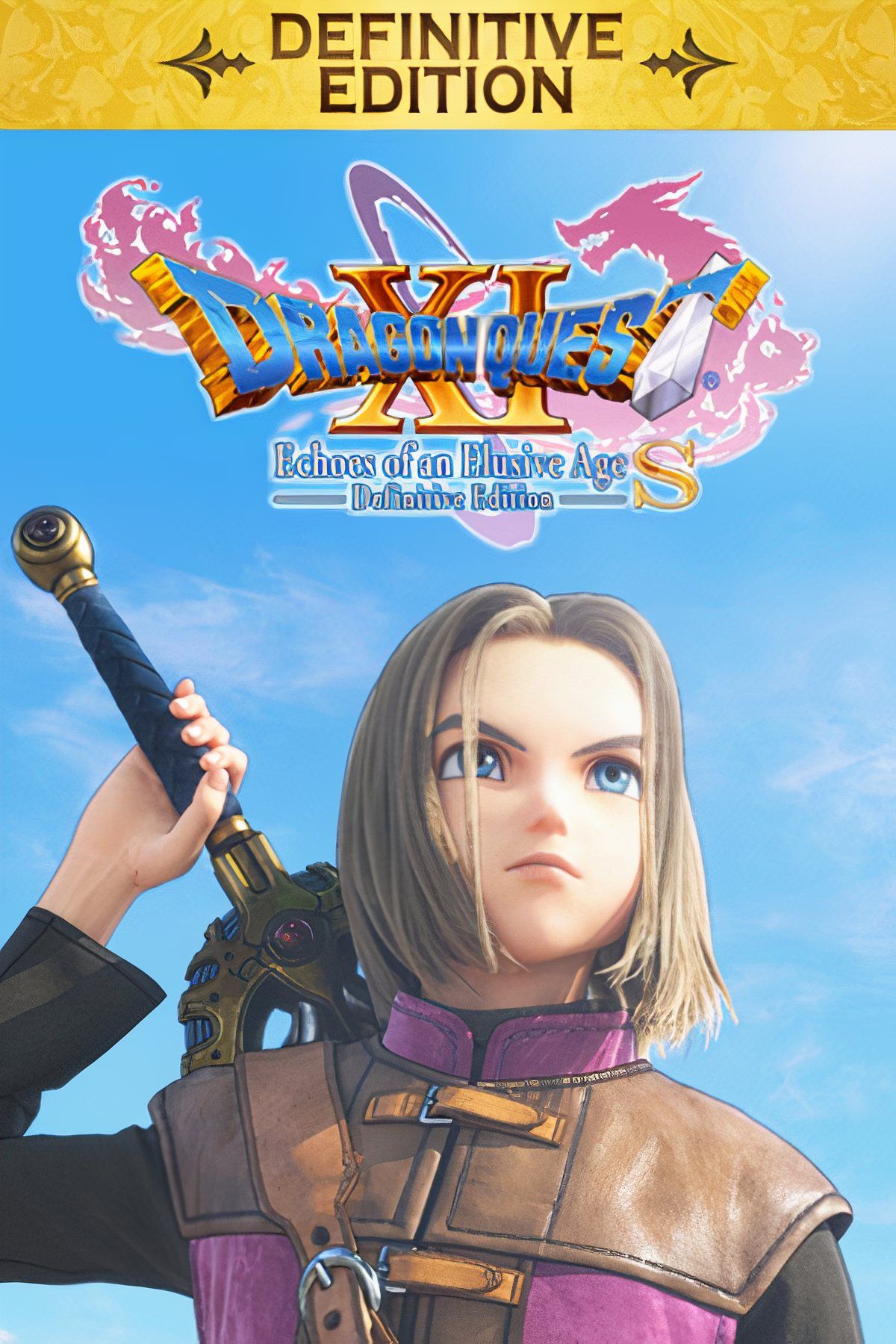
- Released
-
September 27, 2019
- ESRB
-
T For Teen // Crude Humor, Simulated Gambling, Suggestive Themes, Use of Alcohol, Mild Blood, Fantasy Violence
This one is definitely taking a few liberties with what constitutes a 16-bit game, but Dragon Quest 11 S: Echoes of An Elusive Age – Definitive Edition does offer the full campaign in a 2D mode that converts the game to a 16-bit format. The mode can be activated by visiting one of several priests dotted around the map.
To be fair, it’s more than just an aesthetic transition; it fundamentally changes some key mechanics and the way certain events unfold during the campaign. That does mean that activating or deactivating the mode comes at the cost of losing progress for the current chapter, so it’s not something that can be changed on the fly.
5
EarthBound
PK Fire!
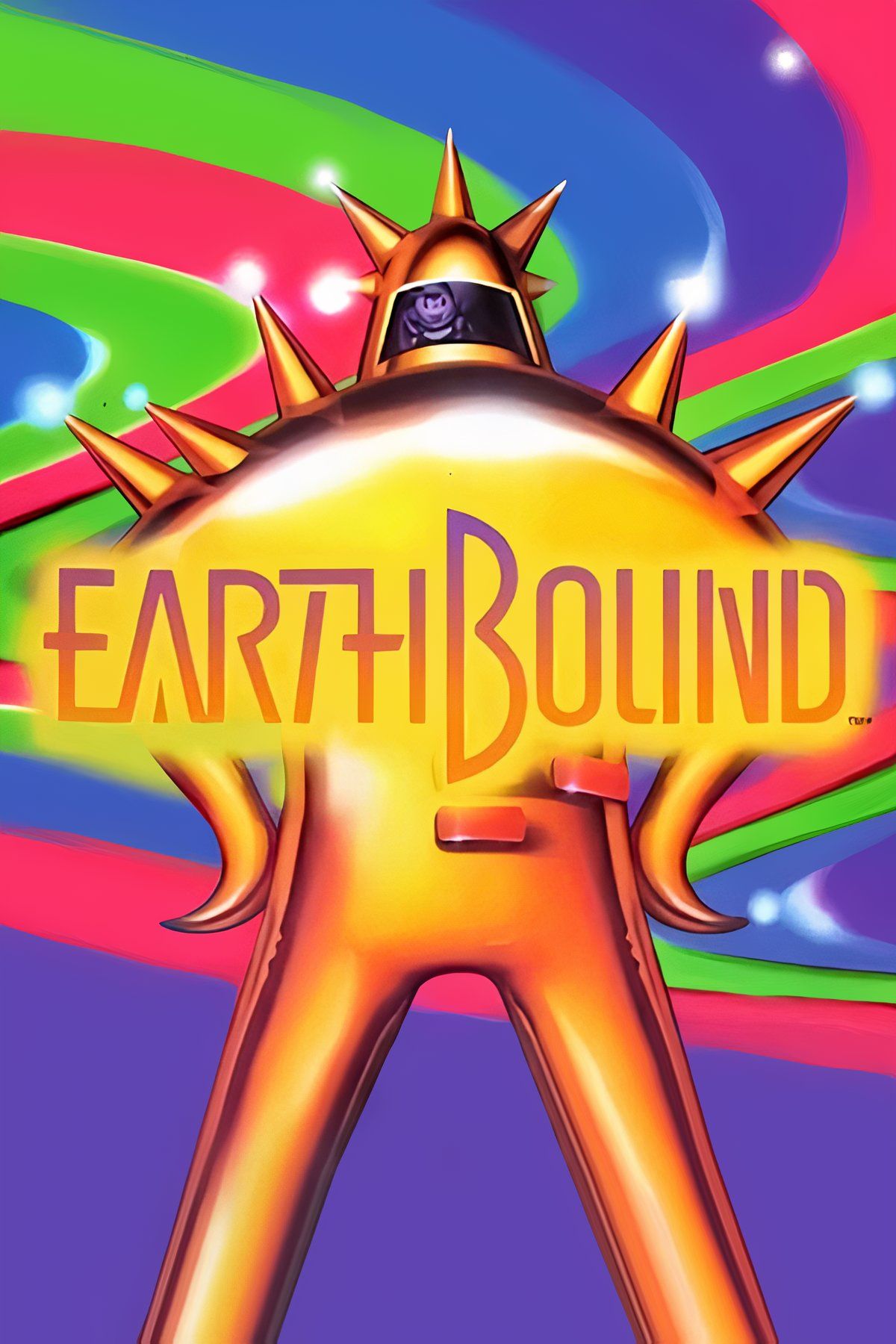
Due to a limited release and a bizarre and rather horrifying structure, most Western audiences were first introduced to Ness in the Super Smash Bros. series. However, as the years have gone on since, the Mother series and in particular the NA release EarthBound have grown in infamy.
EarthBound truly embodies its offbeat reputation but, mechanically, it is also a fantastic and unique take on the JRPG genre. The world is far from the traditional fantasy setting that permeated most releases of the era and instead allows the player to explore a quirky, modern sci-fi adventure.
4
Star Ocean
A Genre-Defining Classic
Star Ocean is not as much of a household name as some of its JRPG contemporaries, but it is one of the most significant releases in the genre, pioneering many of the tropes that fans love today. The game was designed to push the boundaries of the genre and really tested the limitations of the Super Famicom.
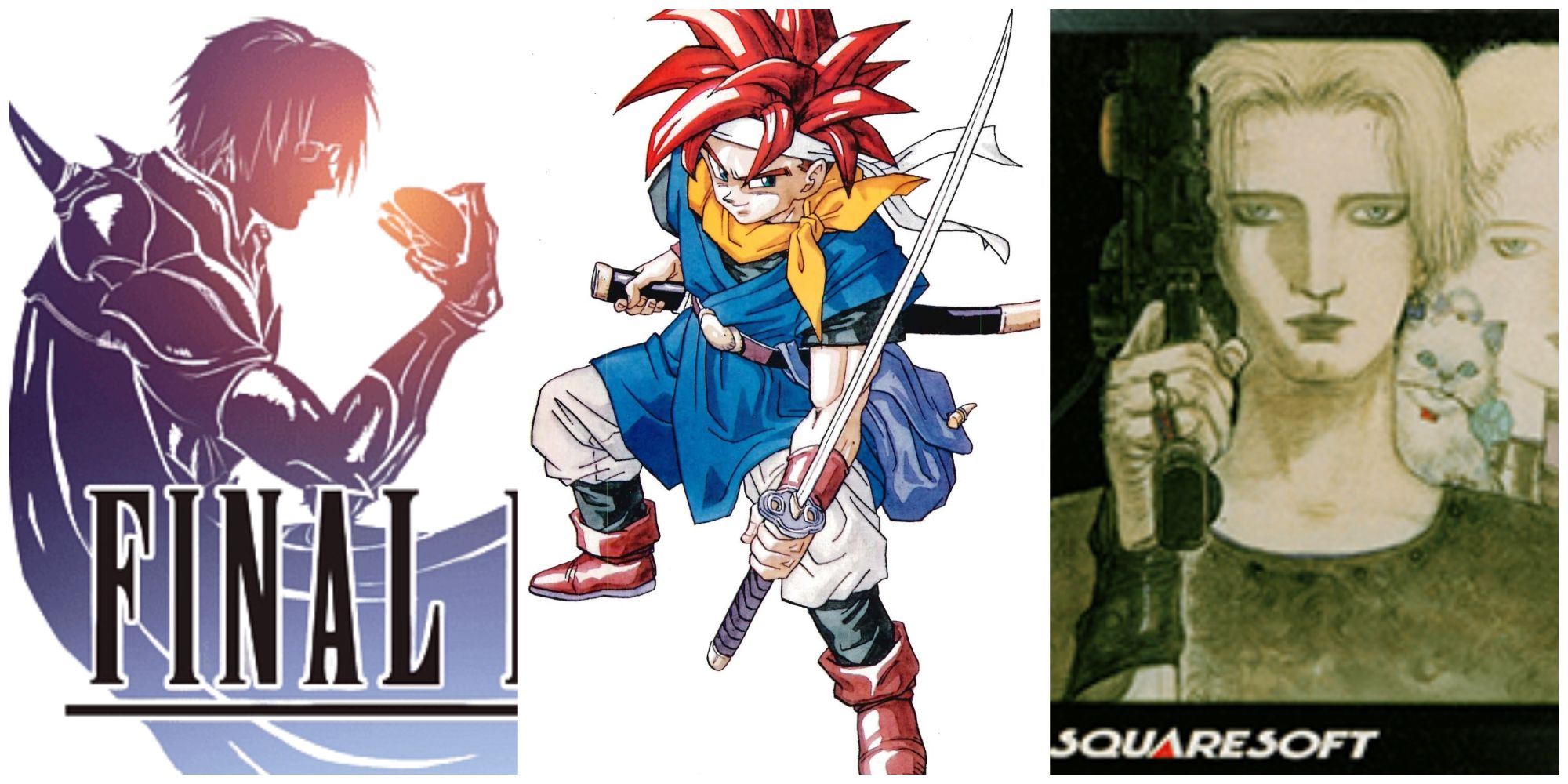
Related
9 Of The Best 16-Bit Square Games Ever Made
Here are the very best of the 16-Bit square games ever made.
The downside to all that innovation was that Star Ocean was released very late into the console’s life cycle and, as such, was rushed to market and is essentially unfinished. It was re-released as Star Ocean: First Departure, which adds localization and all missing content, but the structure was changed significantly, so it’s really a matter of preference as to which one to recommend.
3
Super Mario RPG: Legend Of The Seven Stars
Nintendo’s Genre-Switching Mascot
Super Mario was already one of the most recognized names in gaming and a flagship property for the SNES manufacturer Nintendo. As such, the industry juggernaut decided to transport its most profitable mascot into the emerging JRPG genre and spawned a critically acclaimed side-series to the mainline Mario games.
Super Mario RPG: Legend of the Seven Stars was the first time any serious narrative was added to the Mushroom Kingdom, which was certainly a draw for fans, but the game was also notable for a unique overworld more aligned with the traditional series and its time-based combat. Additional button prompts were added to the turn-based format, allowing for more player input in deciding the outcome of battles.
2
Final Fantasy 6
A Cinematic Masterpiece
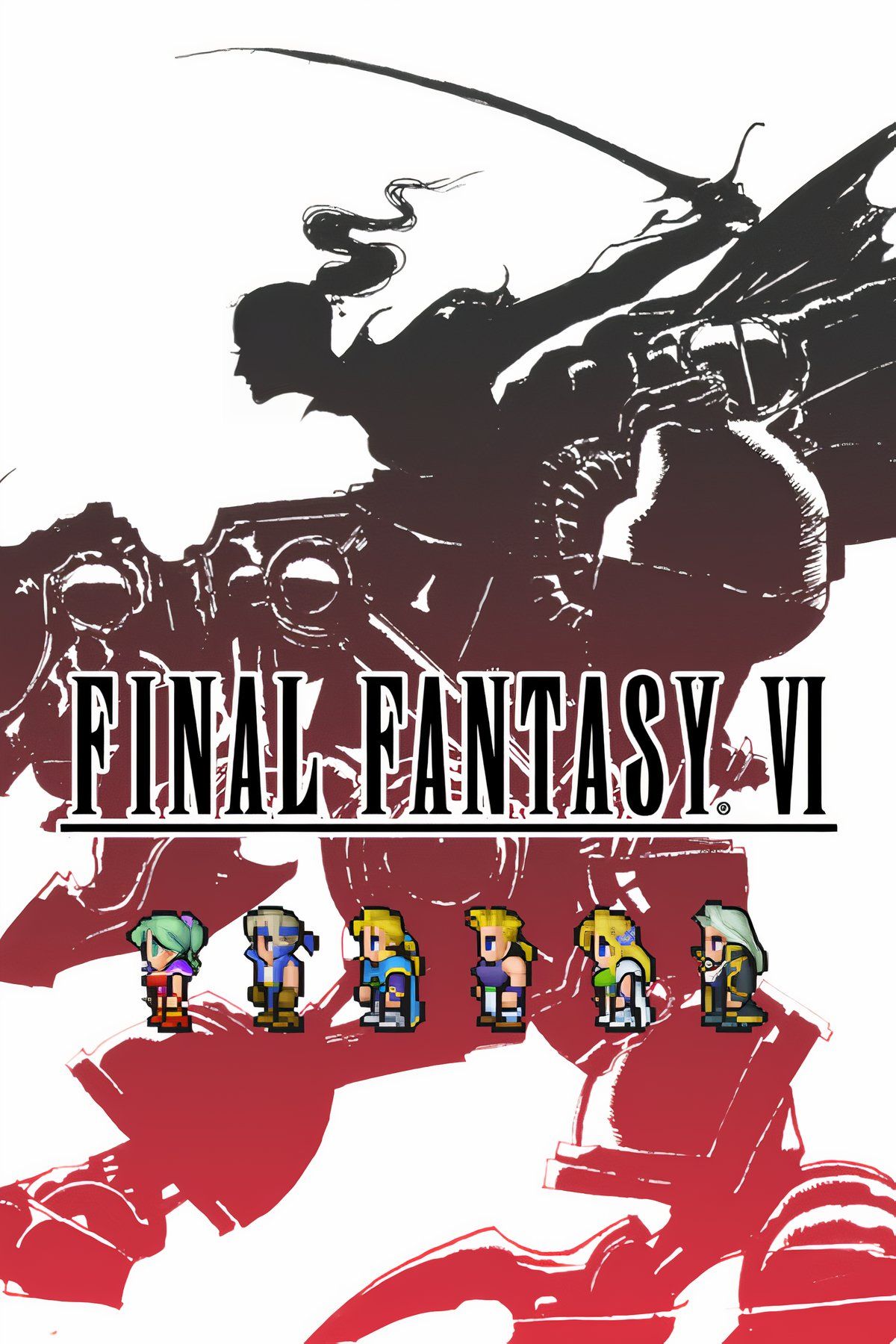
- Released
-
October 11, 1994
- ESRB
-
T For Teen Due To Fantasy Violence, Partial Nudity
While it would be overshadowed by the next-generation entry that would really shatter the bounds for the Final Fantasy series, Final Fantasy 6 is a spectacular JRPG in its own right and one of the absolute best available in 1994.
The scope of the game is frankly ludicrous for the time period, with a huge range of spells and items and an impressively cinematic story that comfortably runs for 30 hours of gameplay. As a sworn favorite of most 2D JRPG fans, the game has been ported and remastered multiple times, fixing various bugs and issues from the original. The best way to experience it is really a matter of preference.
1
Chrono Trigger
The Legendary Time Warping Epic
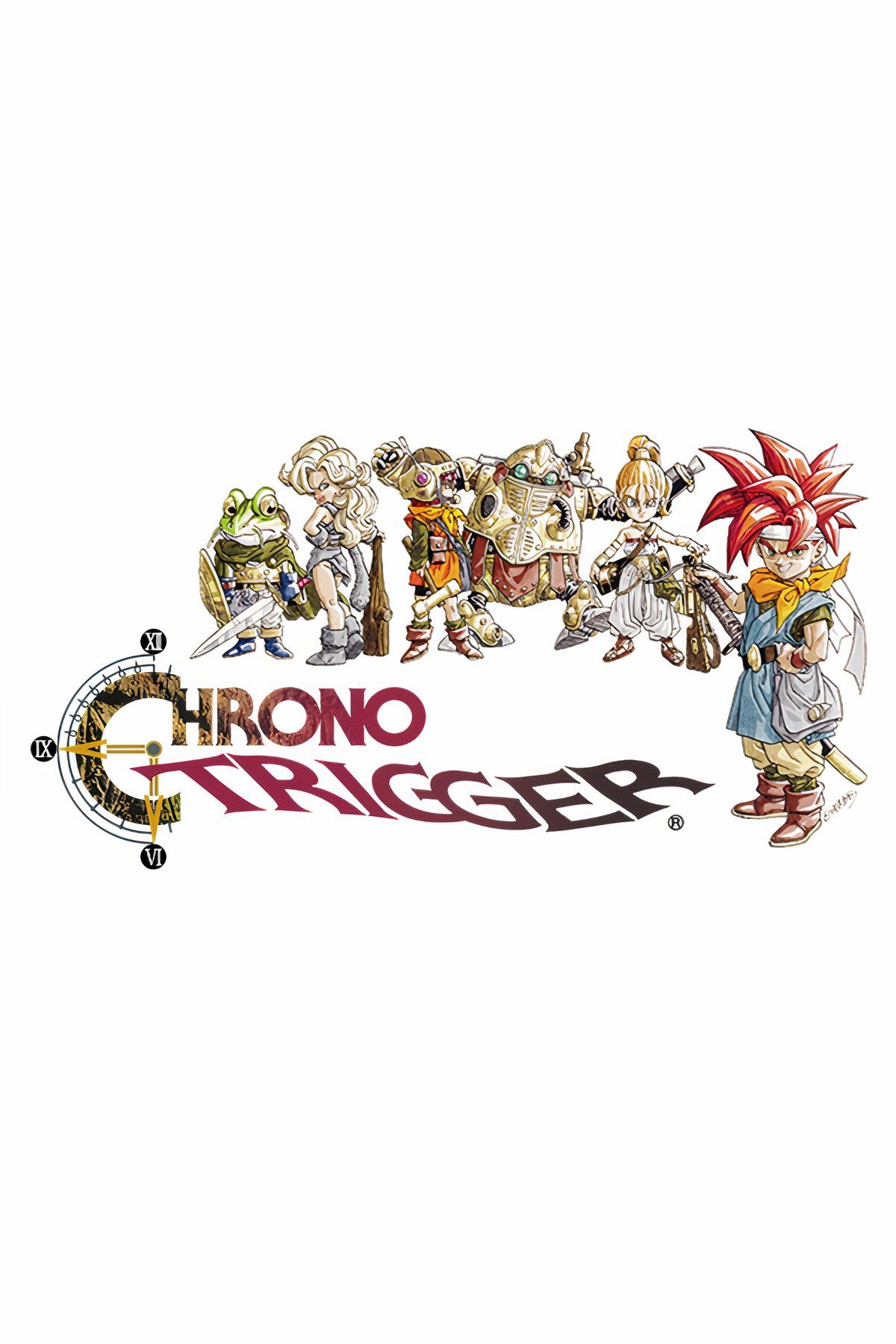
- Released
-
March 11, 1995
- ESRB
-
T for Teen: Fantasy Violence, Mild Blood
For the huge technical achievement that some other entries on this list were, Chrono Trigger took it one step further both mechanically and especially in the narrative department, creating a seminal and near-perfect JRPG experience. The time-traveling epic sees the player flung backwards and forwards in time to an impressive diversity of locations.
The game did away with random encounters, a sometimes frustrating element of the genre, in favor of battles that are clearly delineated and take place in the overworld, improving overall immersion. The combat system also utilized a cooldown mechanic that has become a popular staple of the genre, with players able to activate their party in battle whenever they are ready, rather than the traditional turn-based format.
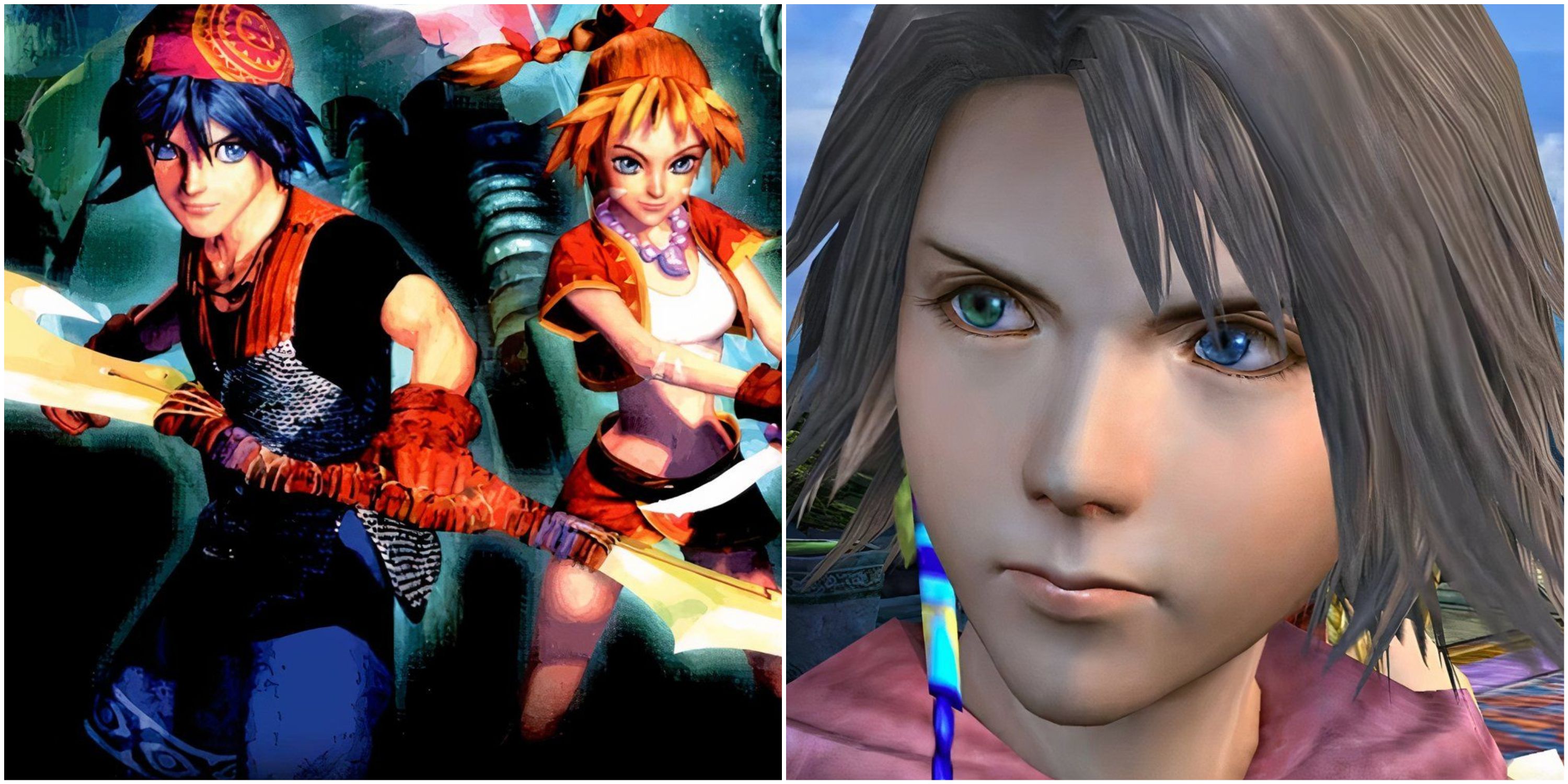
More
8 JRPG Sequels That Went In A Completely Different Direction
Not all JRPG sequels follow the formula set up in the previous entry. Here are some examples that went in completely different directions.
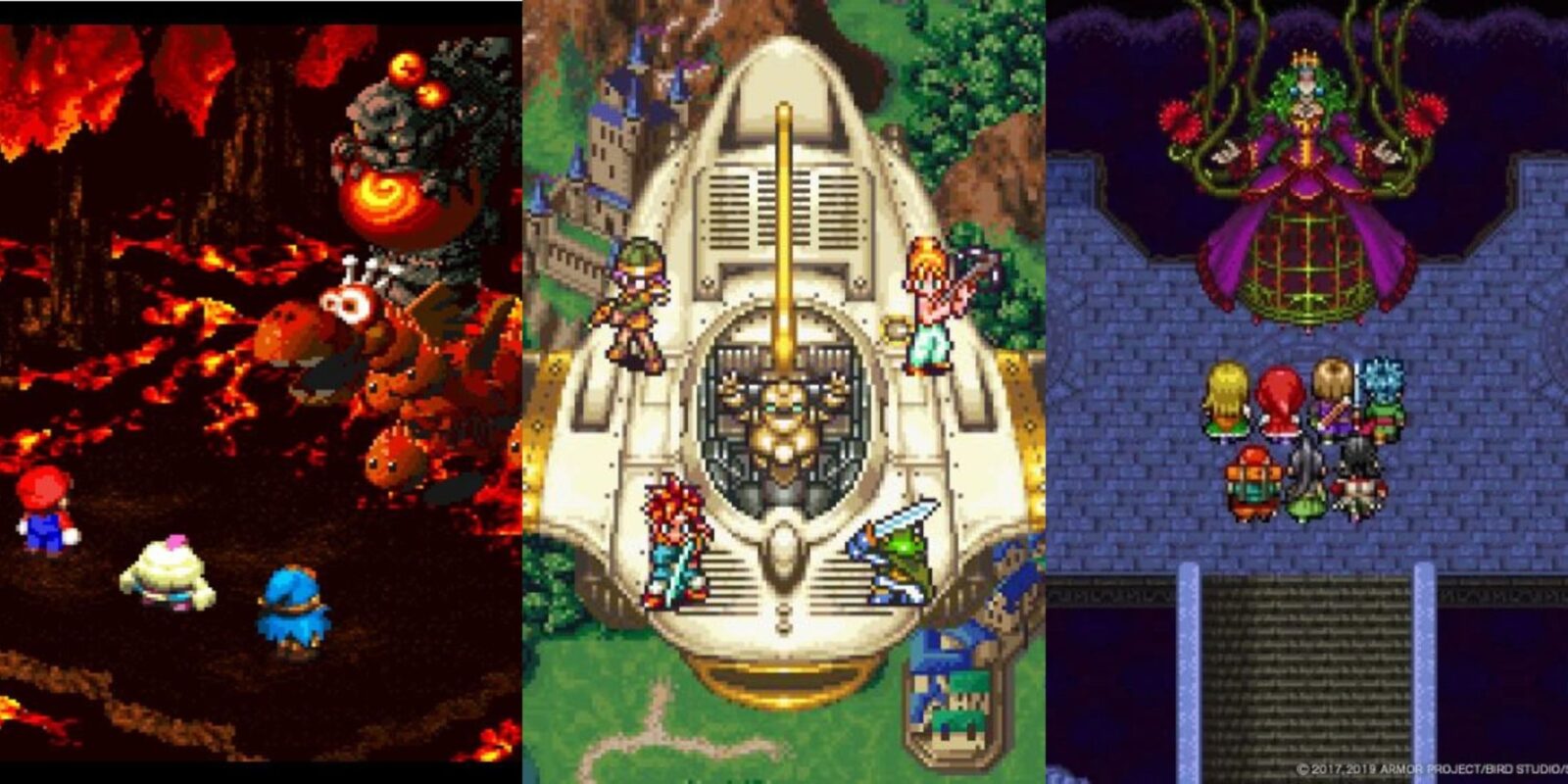
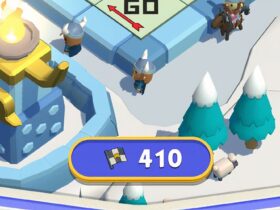
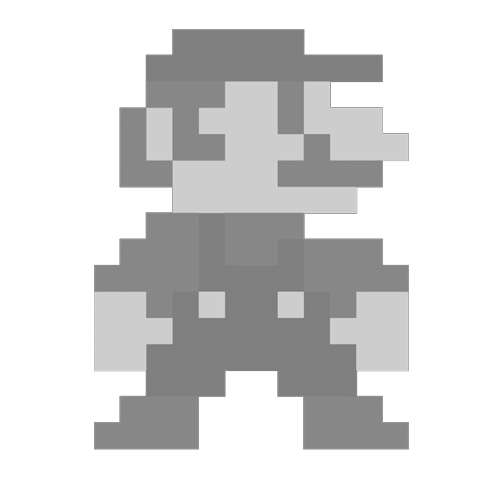
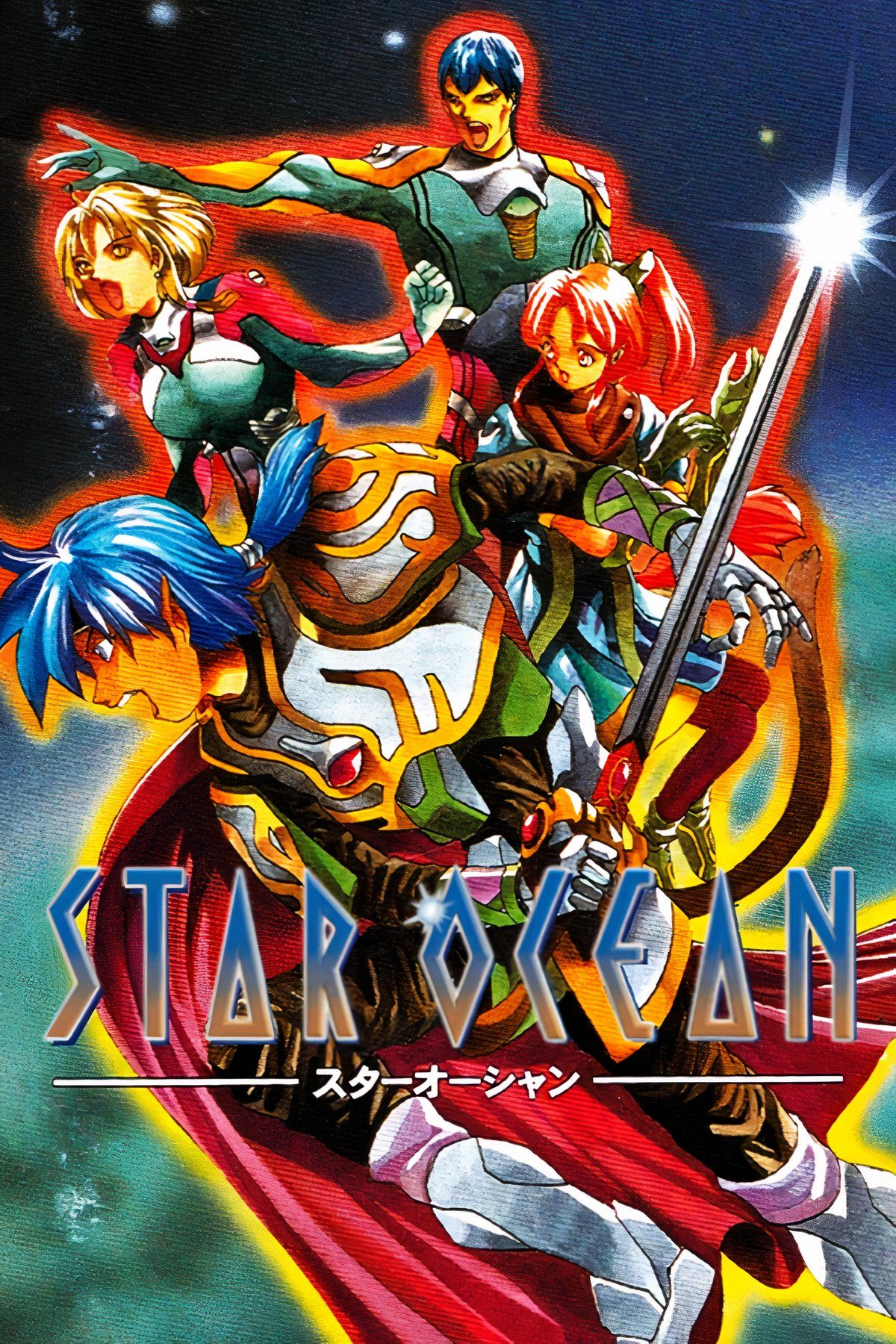

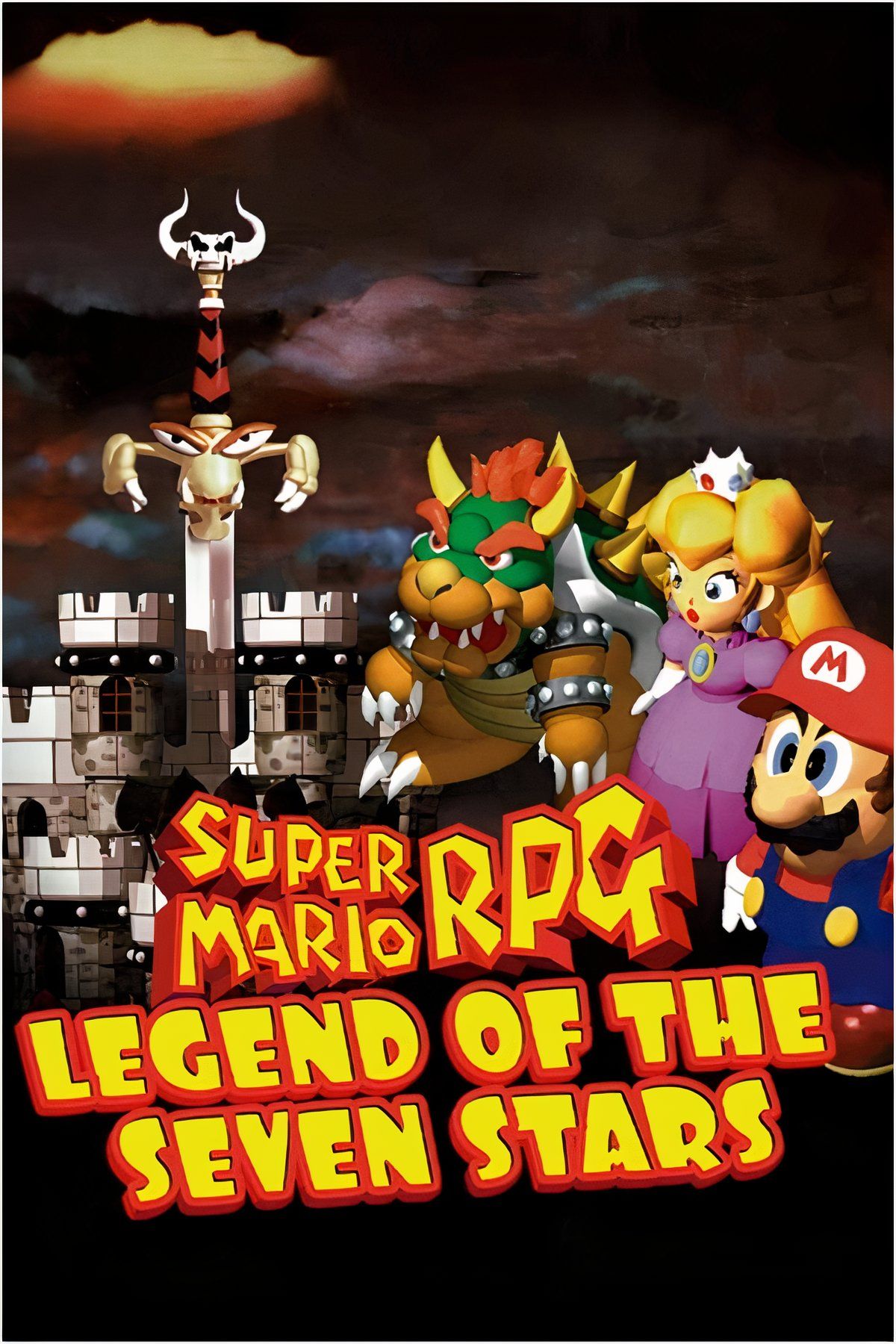





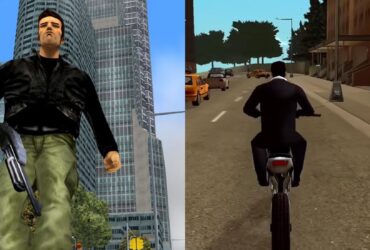
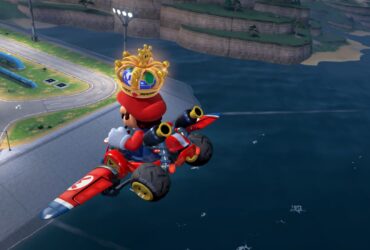


Leave a Reply